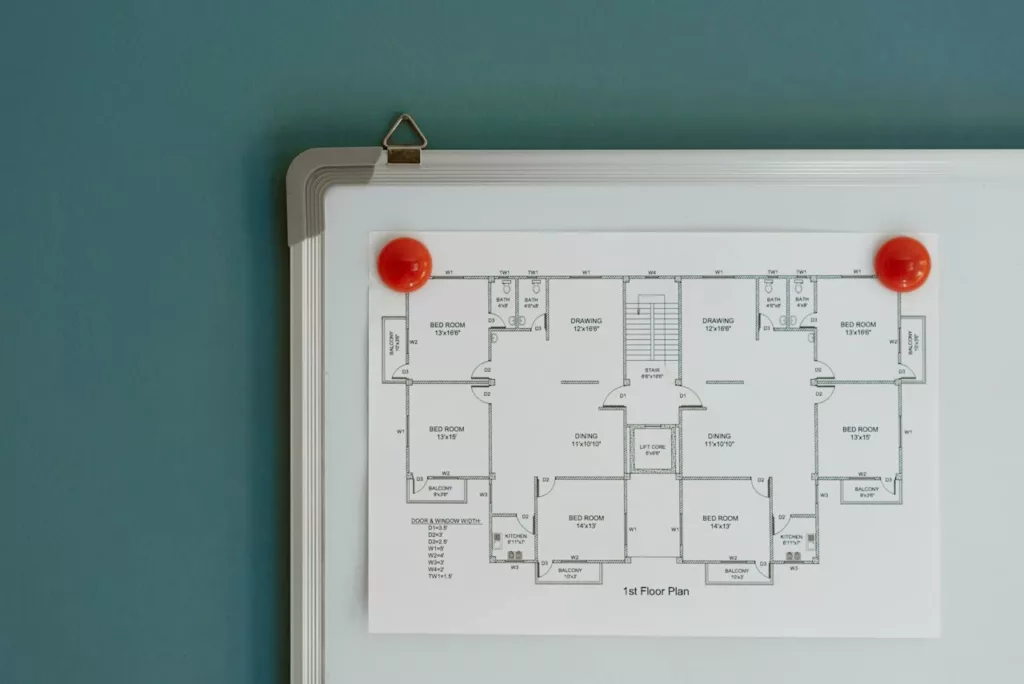
If you are in this architectural industry for quite some time, you must have heard of Revit MEP. But have you ever thought of implementing it in your projects?
Not many professionals know and understand the usability and advantages of Revit MEP. And because of that it is often ignored. This blog is going to give a better understanding on Revit MEP.
Let us first begin with What Revit MEP is?
Revit is an Autodesk software that uses intelligent BIM technology for creation of 3D models. BIM as you might know is building information modelling. Revit allows the MEP experts to utilize the MEP drafting techniques in Revit software and provide MEP solutions to the clients. The mechanical, electrical and plumbing are extremely important and complex parts of the construction process.
Revit MEP plays a significant role in developing the whole building. It creates the models for the entire plumbing, electrical and HVAC system of the building. The whole model information is stored securely in the Revit database which can be used as a reference in the future as well.
What is the importance of Revit for MEP systems?
With the current industry status, everything is going virtual. And the impact of virtual building design is growing with each passing day. And its role in the MEP system of a building is truly unmatchable. Usually the whole process for BIM modelling services starts with basic 3D model creation and involves BIM coordination, shop drawing creation and lastly 5D cost estimation.
Benefits of Revit MEP:
- More accurate design details: The designing with Revit becomes extremely easy because of the availability of single line-drawings.
- Allows for timely delivery: The engineers working on Revit MEP projects can standardize their delivery. Revit helps in quick completion of projects without having to do much reworks.
- Clash avoidance and clash detection: MEP drafting service is a crucial aspect to work on. Hence, any kind of clash can lead to huge errors later on. Revit enables both clash avoidance and clash detection for a smooth process outcome.
- An embedded design: Revit modelling makes use of elements that synchronize well with other project elements. The parametric model helps in checking the size, speed, pressure drops and duct runs for added safety.
- Collaboration with other apps: Revit is one such software that allows its models to collaborate with a vast number of applications. This integrated technique helps the designing process simpler.
- Automated settings: Revit settings are such that the various components like the ducts, pipes and other units are automatically placed.
- Automatic modification throughout the model: When a change is made in a certain part of the model, it gets automatically updated throughout the entire model. This saves a lot of work for the experts.
- Enhanced coordination between teams: The MEP engineers need to communicate with other teams well. Revit MEP allows everyone to track the progress easily and discuss the details. It is very important for increasing the communication level in between the various teams and also between the team members.
- Less reworks needed: The accuracy of Revit MEP is so high that the chances of doing reworks are very less. This in turn saves time and effort from the stakeholders.
If you are a BIM modeller, MEP engineer or a contractor, using MEP BIM modelling services your MEP project is going to be the most beneficial thing for your job. Making use of the given advantages, you can add value to your entire MEP project as well as the whole construction. With every version of Revit, it is bringing something new at the table so you can be assured of the guaranteed qualities. MEP services with Revit will help you develop a precise model for easing the whole systems of mechanical, plumbing and HVAC.
Check out What is The Difference between Clash Detection and Clash Avoidance? also.

